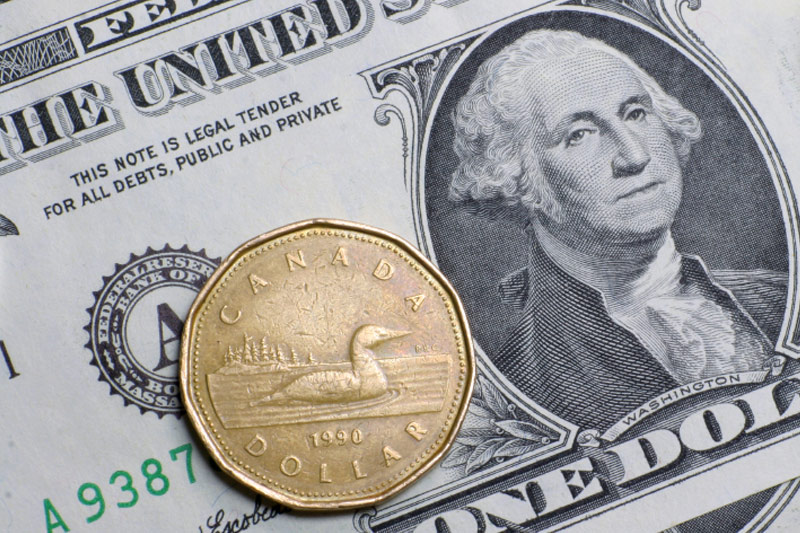Investing.com - The U.S. dollar rose to session highs against the Canadian dollar on Thursday after data showed that Canada’s trade deficit widened unexpectedly in December.
USD/CAD hit session highs of 1.1122 and was last up 0.23% to 1.1107 in early U.S. trade.
The pair was likely to find support at 1.1035, Wednesday’s low and resistance at 1.1160.
The Canadian dollar slipped after Statistics Canada said the trade deficit widened to C$1.66 billion in December, from an upwardly revised deficit of C$1.53 billion in November.
Analysts had expected Canada’s trade deficit to contract to C$1 billion.
Canada's merchandise imports grew 1.2% to C$41.4 billion and exports increased 0.9% to C$39.7 billion in December.
In the U.S., data showed that the trade deficit widened significantly in December, as exports dropped 2.2% and imports rose 1.6%.
The U.S. trade deficit widened to $38.7 billion in December from a deficit of USD34.56 billion in November. Analysts had a deficit of $36 billion.
A separate report showed that the number of people who filed for unemployment assistance in the U.S. last week fell more-than-expected.
The Labor Department said initial jobless claims fell by 20,000 to 331,000 from the previous week’s revised total of 351,000. Analysts had expected jobless claims to fall by 16,000.
Elsewhere, the loonie, as the Canadian dollar is also known, was sharply lower against the euro, with EUR/CAD surging 0.83% to 1.5122.
The euro strengthened broadly after European Central Bank President Mario Draghi said the euro zone will not slide into deflation. Draghi said the ECB sees a protracted period of low inflation, not full blown deflation, reiterating that the bank is “monitoring developments closely".
The remarks came after the ECB voted to leave interest rates across the euro zone unchanged at their record low of 0.25%.
